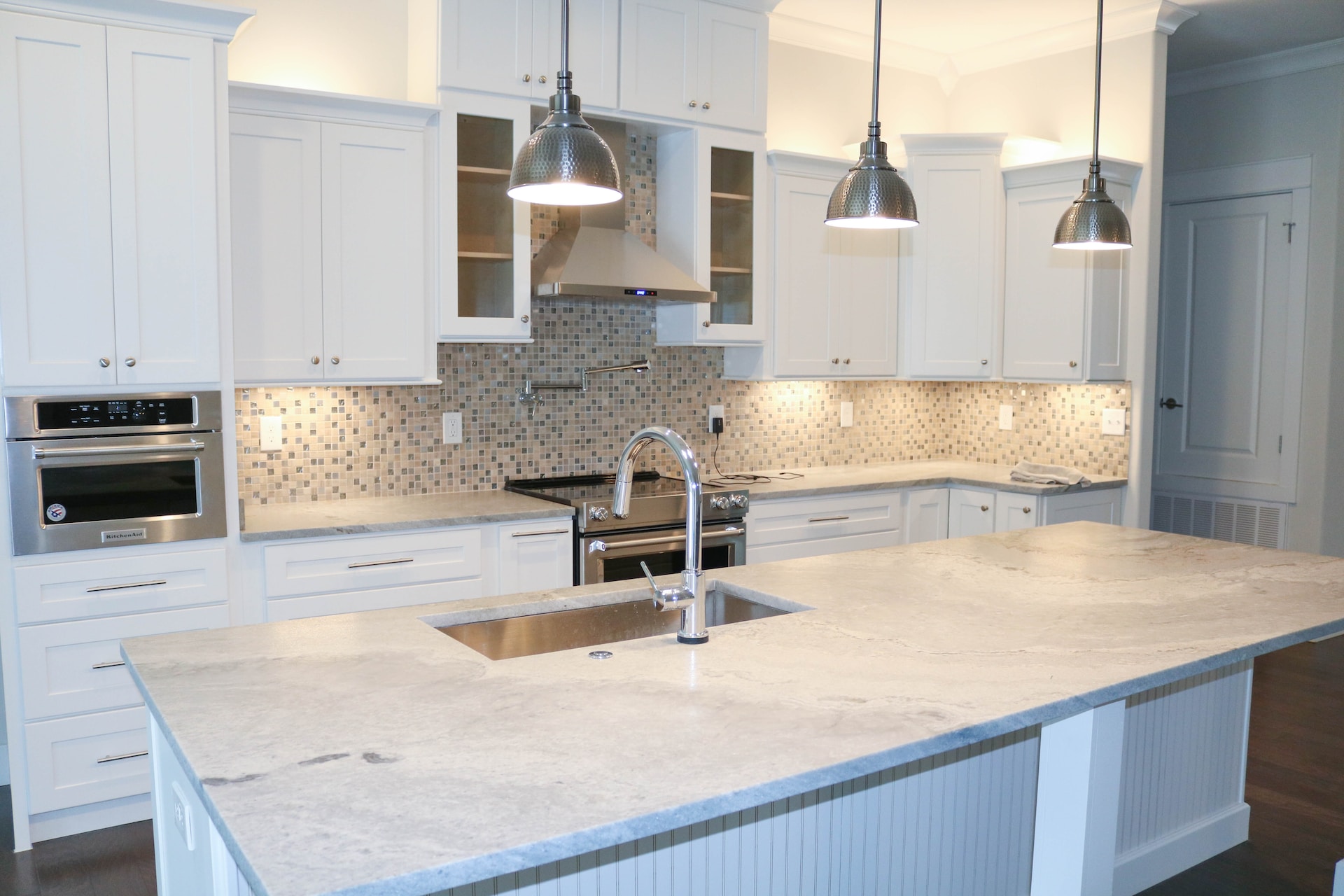
Choosing Kitchen Worktops to Fit Your Aesthetic

A worktop is one of the most prominent features in any kitchen, and choosing the right material should reflect your aesthetic. You’ll also want to consider your lifestyle and how often you use the kitchen.
For example, if you entertain frequently, you may prefer something more durable such as granite or quartz. It is beneficial to visit a kitchen worktops showroom to ensure you are making the perfect choice for your kitchen vision.
White
White kitchen worktops are extremely popular at the moment and look good in a wide range of kitchen styles. They can help open up a smaller space and create an illusion of depth to make your kitchen feel bigger, while also helping your home appear cleaner and hygienic.
If you opt for white countertops, choose a design with plenty of character. Patterned wallpaper or a graphic tile design with coloured grout can add interest and contrast to the surface, without distracting from the overall look of your kitchen.
If you want a cleaner aesthetic, consider quartz. This engineered stone has a stunning marble effect and is highly durable. While it can be expensive upfront, it is a long-term investment that won’t go out of style.
Black
Black kitchen worktops offer a dramatic statement and are the ideal choice for any modern kitchen. They work well with both dark and light cabinetry and are particularly striking against white. Black hides stains and scratches more easily than white and can be a practical option if you have children as it tends to conceal fingerprints and smudges better.
When choosing a paint shade to complement black worktops, neutral shades are the safest bet. Choose a shade like Claystone V486 for a classic greige with hints of brown to match your worktops or try something darker like Driftwood V484 for a dusky palette that’ll go down well with any cabinet colour.
Grey
Grey kitchen worktops are a popular choice for many homeowners as they look sleek and sophisticated. They can also provide a lot of warmth and texture to your kitchen if you choose the right shade of grey.
Warmer shades of grey, such as sand and pebble tones, can help create a more earthy feel to your kitchen while still keeping a neutral palette. Soft blues or greens, on the other hand, can balance a cool grey kitchen with warm tones and add a freshness to the space.
Darker shades of grey can work well in larger spaces if they are framed with contrast units or surfaces to prevent the kitchen from feeling flat and lifeless. For example, combining charcoal units with a pale oak kitchen table and knotted floorboards will create a cosy atmosphere in this kitchen idea.
Green
The colour green has become increasingly popular for kitchens. This hue has long symbolised warmth, renewal, and nature. It’s also a great option for bringing light into dark spaces, especially if you choose a lighter shade.
If you’re going for a more dramatic green kitchen, opt for a darker shade with veining. This can be a stunning feature in any kitchen and is sure to make an impact. If you’re unsure about what shade will work for your space, try a few sample swatches to see how the colour looks throughout the day.
If you’re going for a green kitchen, it’s important to match the worktops to your cabinets or wall paint. For example, a pale green worktop will look great with natural wood accents in your cabinets or walls. Alternatively, you can go for a more textured surface like marble-effect. Our marble counters are made from recycled materials so they’re eco-friendly as well as beautiful.
Brown
The organic shades of brown work seamlessly with other natural colours to create a calming, earthy aesthetic. These tones are a popular choice for homeowners who want to embrace nature trends in their kitchens. Brown cabinets complement shades of pale blue perfectly, as well as terracotta, jungle green, rust and taupe tones.
Lighter brown countertops bounce light around a room, making it feel bigger and brighter. This can be particularly beneficial for small kitchens that may benefit from an open-plan layout.
